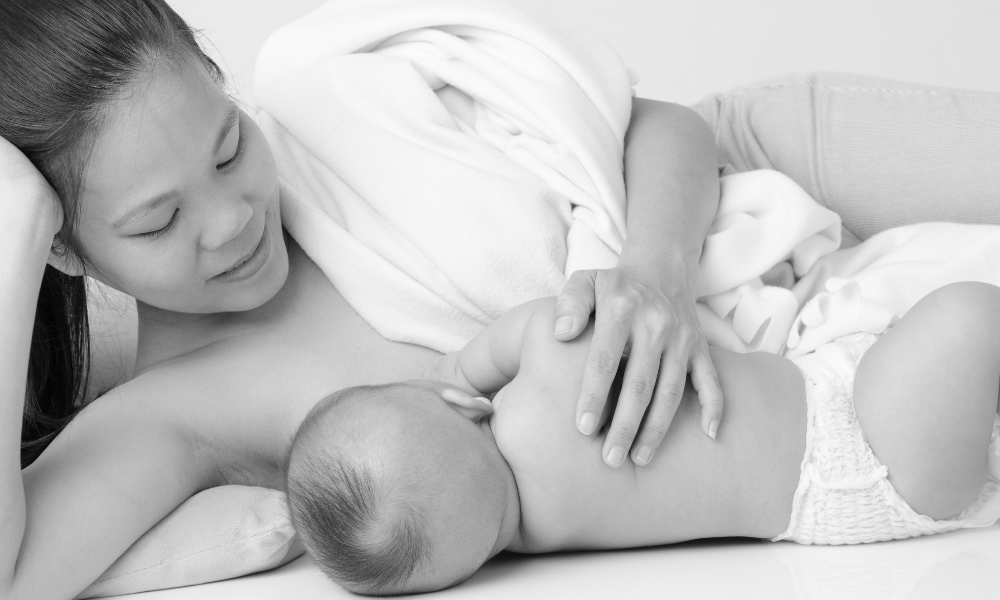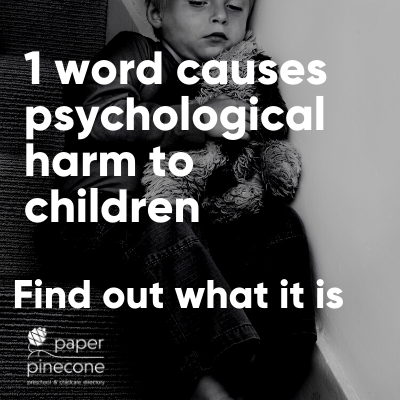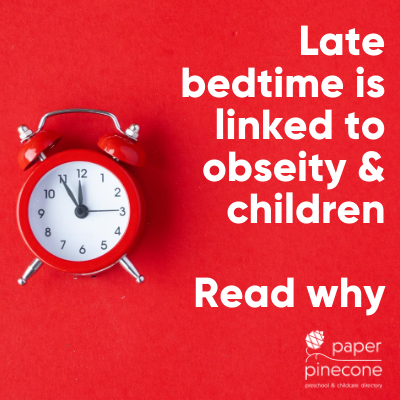Ending the Debate: Is Breast Best? A Brief History of Breastfeeding & What Matters Today

Published Date: 09/26/19
Ending the Debate: Is Breast Best? A Brief History of Breastfeeding & What Matters Today
We’re here to end the debate on breastfeeding, talk about why it’s even a debate, and why you should keep your judgements and your comments about how other people choose to feed their babies to yourself.
RELATED: TIPS TO WEAN BABY OFF THE BOTTLE
When we look at the history of breastfeeding throughout the ages, we see a complicated timeline filled with bad advice, ridiculous theories about women and milk production, and controversy dating back centuries. It’s notable that nearly all of the advice and theories came from men who can’t breastfeed. But we’ll save that for another post.
It’s currently estimated that somewhere between 2-15% of women cannot produce milk or cannot produce enough milk because of a medical condition, such as Insufficient Glandular Tissue (IGT). Others can’t produce enough milk because of external factors, and we’ll get to that later.
RELATED: SLEEP TRAINING HAS A FASCINATING HISTORY
Prior to the sale of formula in 1860, the children of these 2-15% of mothers, or babies whose mothers died in childbirth, needed to be fed by a wet nurse, and with contracts for wet nurses being found on the scrolls of Babylonia, we know this has been in practice for millennia. Wet nurses have also been used over the years as a status symbol. In the 1700s, as many as 90% of Parisian women used wet nurses rather than breastfeed their own children. In America, black slaves were forced to breastfeed white children, with the practice going so far as to induce lactation in women who were sexually active but not currently breastfeeding.
In addition to wet nurses, we also see the use of artificial feeding devises throughout history, which eventually led to modern-day bottles. Dating as far back as 2000 BC, clay feeding devices have been found buried in the graves of newborn babies, with tests showing animal milk residue. During the middle ages, a perforated cow’s horn was the preferred method, and in the 16th to 18th centuries, a pap boat was used. Pap was a concoction of flour or bread crumbs cooked in water with or without milk, which was blown down the infant’s throat. It was used a supplement to animal milk (usually cow’s) when babies failed to thrive. Hardly up to the nutritional standards we know are required for healthy infant development. Because of this substandard nutrition, poor storage of animal milk, and because pap boats were difficult to clean and became breading grounds for bacteria, fully 1/3 of all non-breastfed infants died during the first year.
RELATED: FIND THE PERFECT DAYCARE ON PAPER PINECONE
Then we get to the 1800s where we find the production of glass bottles and the introduction of formula. Fun fact: formula got its name because it was, in fact, a formula. In 1838, Johann Franz Simon, a German scientist, published the first chemical analysis of cow’s milk and human milk and this served as the foundation for the first baby formula, introduced by Justus von Leibig, a German chemist. Thanks, Germany!
Even with formula and glass bottles, infant mortality was extremely high for artificially fed babies, especially those born over the summer (hello, spoiled milk). However, Louis Pasteur (you know him as the father of pasteurization) and another guy named Robert Koch spent spent the 1860s and subsequent decades developing the scientific evidence behind germ theory. Germ theory tells us that many diseases are caused by the specific presence and actions of microorganisms in our bodies.
RELATED: THE BIOLOGY BEHIND CO-SLEEPING
So now we’re in the late 1800s and early 1900s when the public starts to believe in germ theory, pasteurization is happening, and sterilization is introduced. Overall, there’s an emphasis put on cleanliness and infant milk clinics were created to bring clean milk to the public.
At this same time, the United States had gone through the Industrial Revolution and women began working in factories. Also during this time period, infant care manuals were developed that included putting babies on strict feeding schedules. Well, anyone who knows breastfeeding basics knows that it’s typically supply and demand. Women away from their babies in factories plus feeding on schedule often meant a drop in breastmilk supply but nobody put 2+2 together and doctors got involved.
RELATED: FLEXIBLE CAREERS FOR YOUNG PARENTS
The brilliant doctors of that time developed all sorts of crazy theories about the decline in breastmilk production for many women. One popular theory was that lactation was disappearing function - a product of evolution. Another one said that the over-education of girls was leading to it. They believed that when girls were in school during puberty, their reproductive systems and brains were competing for energy and their brains were winning. Doctors were concerned that in any number of years, breastfeeding would no longer exist. Couple that with the improvements formula quality, with nonmilk-based formulas developed for children allergic to cow’s milk, and vitamin fortification for those formulas, and it being marketed directly to physicians, and you’ve got a a steady decline in the the number of women who breastfeed all the way until the 1970s.
In the 1970s we see a movement to promote breastfeeding with groups like the Infant Formula Action Coalition and the National Council of Churches’ Interfaith Center on Corporate Responsibility introducing public awareness campaigns on the importance of breastfeeding. This led to an increase in the percent of babies being breastfed as well as the duration of nursing. Still, breastfeeding rates were only about 28%, with many women (my mom included), being told that there was no need to breastfeed. I was fed formula by the hospital at birth, and my mom was given pills to dry up her milk supply. For the record, I’m a happy, healthy, smart, empathetic adult with a strong relationship with my mother, despite never being nursed. Anecdotal, I know, but worth mentioning.
RELATED: HOW TO RAISE RESILIENT CHILDREN
Then in 1988, infant formula companies began advertising directly to the public. The American Academy of Pediatrics strongly opposed this, as they believed it would decrease breastfeeding rates, lead to confusion among customers, increase the cost of formula, and would interfere with doctors’ advice on infant nutrition. It’s notable that breastfeeding rates did decline at this time, but then steadily improved. As of 2017, according to the CDC, about 83% of babies started to breastfeed, 57% were breastfeeding at 6 months, and about 36% were breastfeeding at a year.
That brings us to today.
There have been countless studies showing the benefits of breastfeeding, yet many women either can’t breastfeed or choose not to. Remember those women who spurned the theory that we were overeducating girls? They couldn’t produce enough milk because of their schedule. And today, about half of the workforce is made up of women - makes sense, we’re about half of the population.
However, with maternity leave being largely unpaid, and 1/4 of women returning to work just 10 days after giving birth (we need to talk about that another day - it makes my blood boil), plus the exceeding high cost of and lack of access to quality childcare, you've got a recipe for women who find it impossible either physically or emotionally to breastfeed.
The pressure to breastfeed can exacerbate postpartum depression, which can lead to suicide in extreme cases, and there's a connection to anxiety as well.
RELATED: NEW PPD DRUG APPROVED BY THE FDA
Not a day goes by where a woman in a mom group on Facebook says she was shamed for formula feeding, regardless of whether that decision was by choice or by necessity. Often the shamer doesn’t have a clue.
So, where does this leave us?
Breastfeeding, like all things in life, requires a cost-benefit analysis and the results will differ for every single woman on earth. For some women, the physical and emotional expense of breastfeeding is so great that it outweighs the benefits. For others, it’s something that makes sense for their lifestyle.
Regardless of how a woman feeds her child, it’s a personal decision and one that does not need to be discussed by others.
Feed how you see fit. Breastfeed for years, if that’s what’s right. Formula feed from birth, if you have your reasons.
Breast is most definitely best for some. Fed is most definitely best for others.
Paper Pinecone is the #1 most trusted childcare directory giving parents access to the best preschools and best daycares near you. Parents always search free and childcare providers always list free. Send inquiries about the best daycares and preschools to [email protected].
This post may contain affiliate links.
- stacey's blog
- Log in or register to post comments

